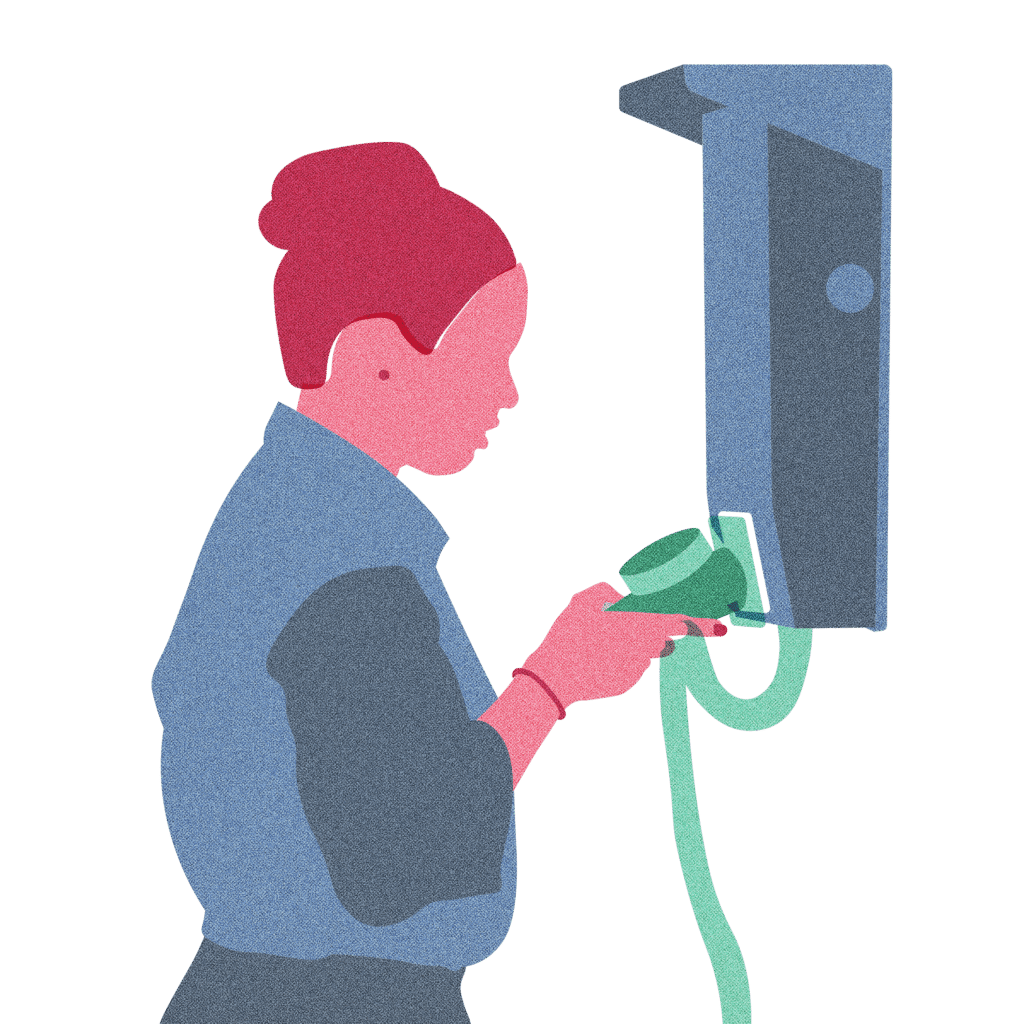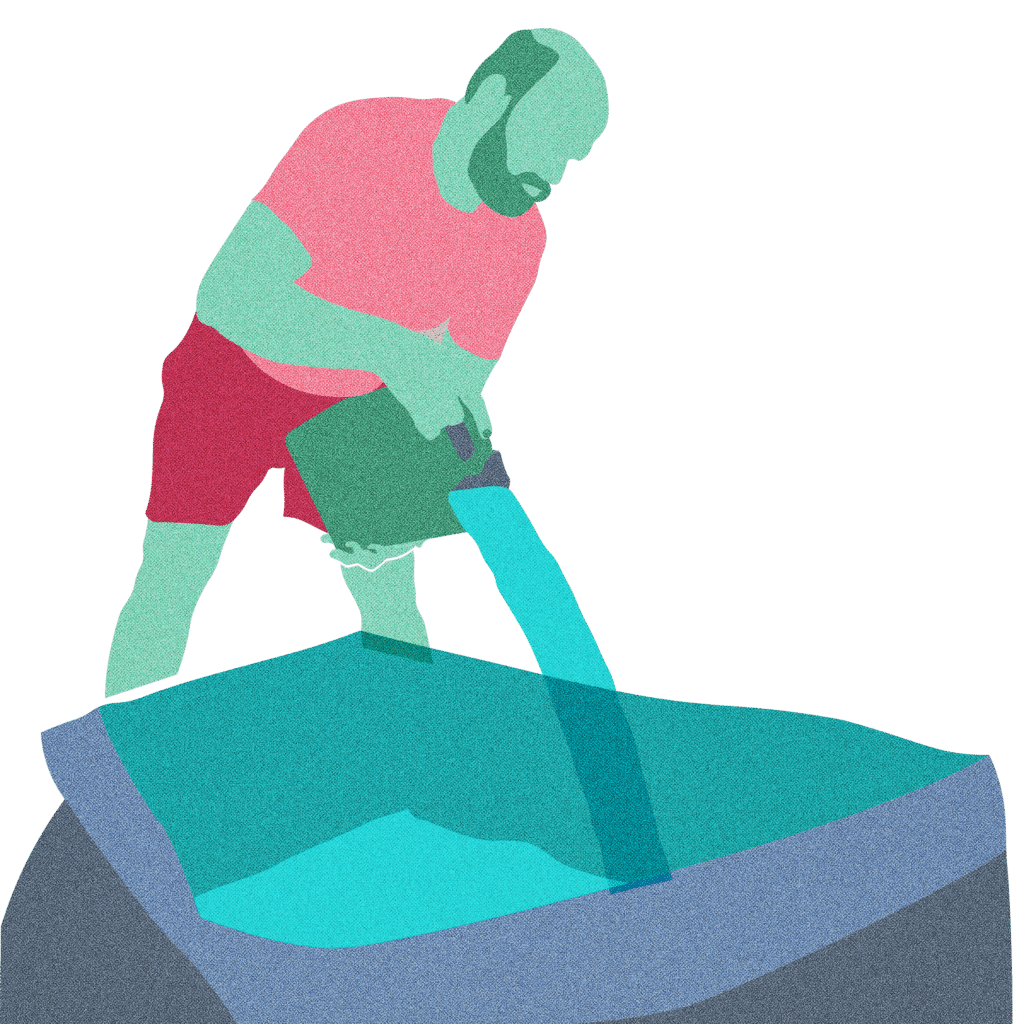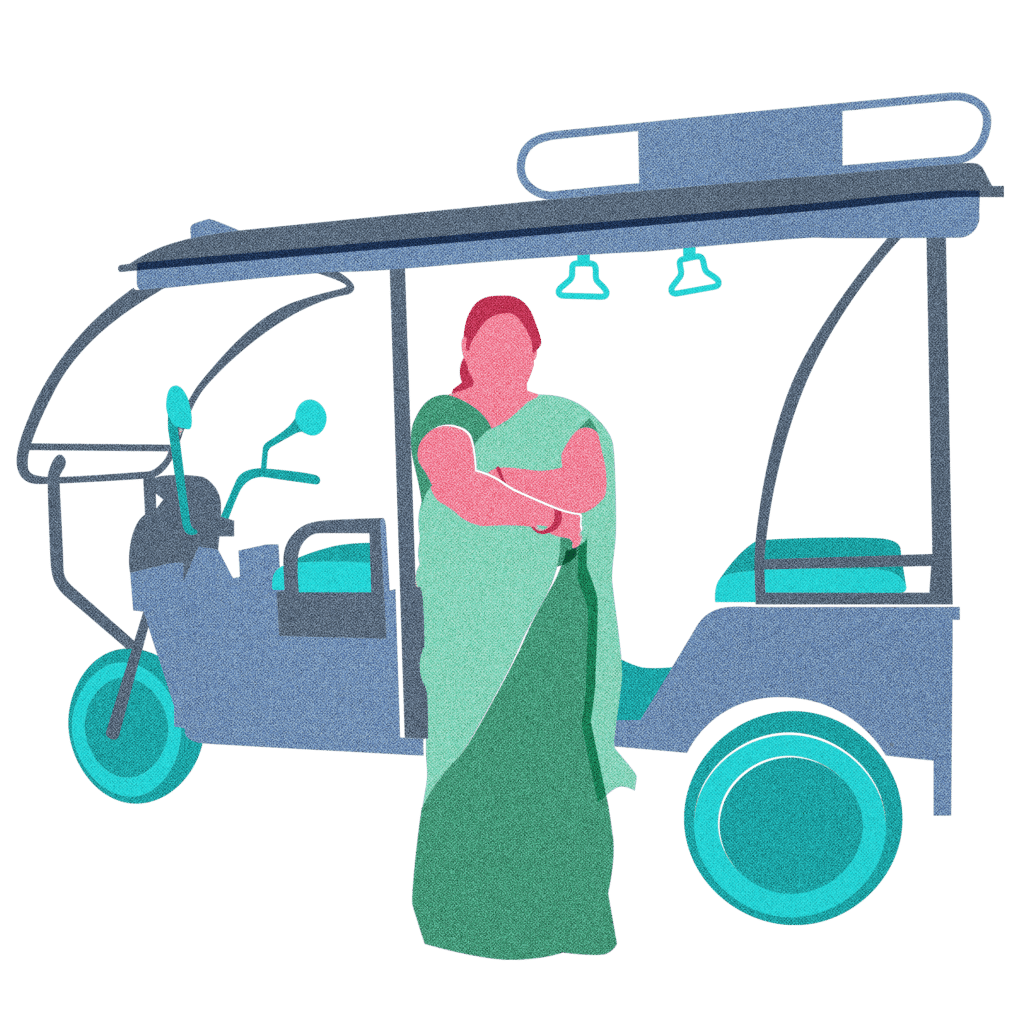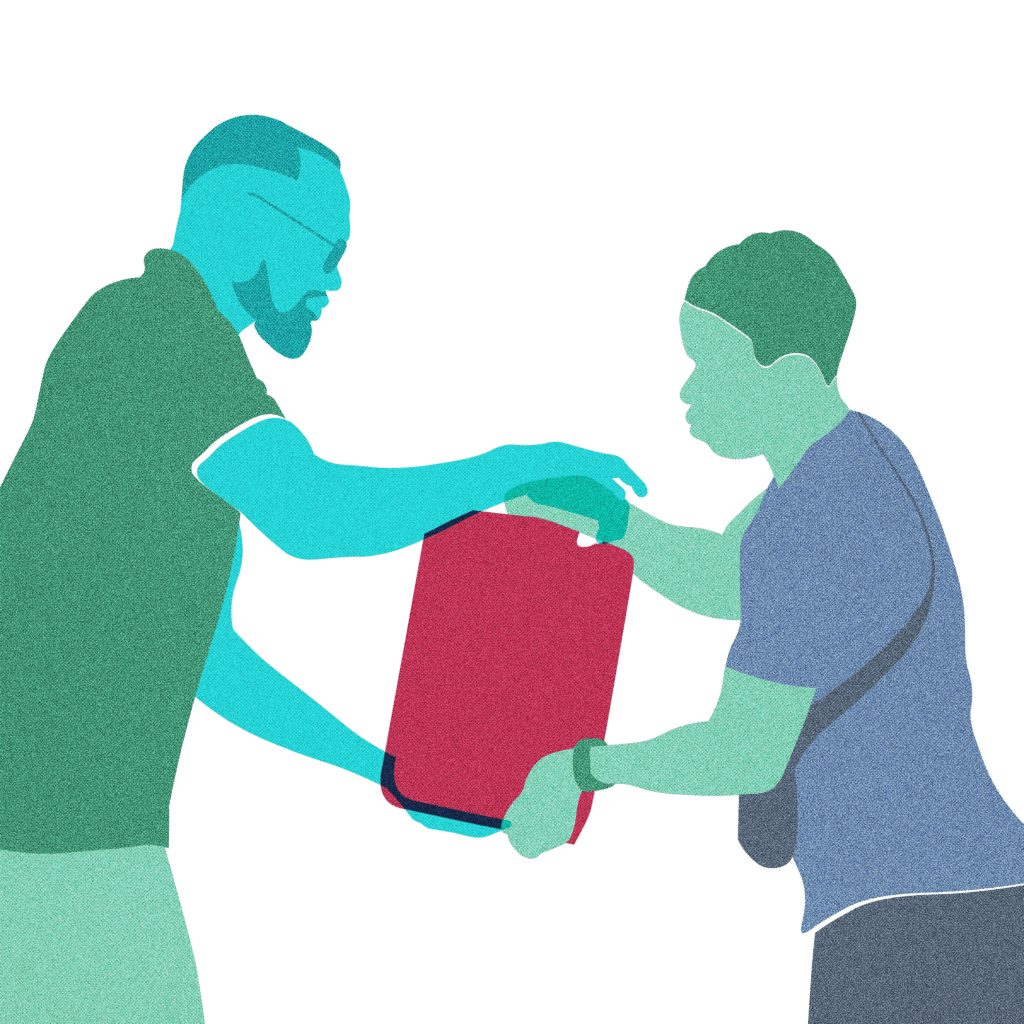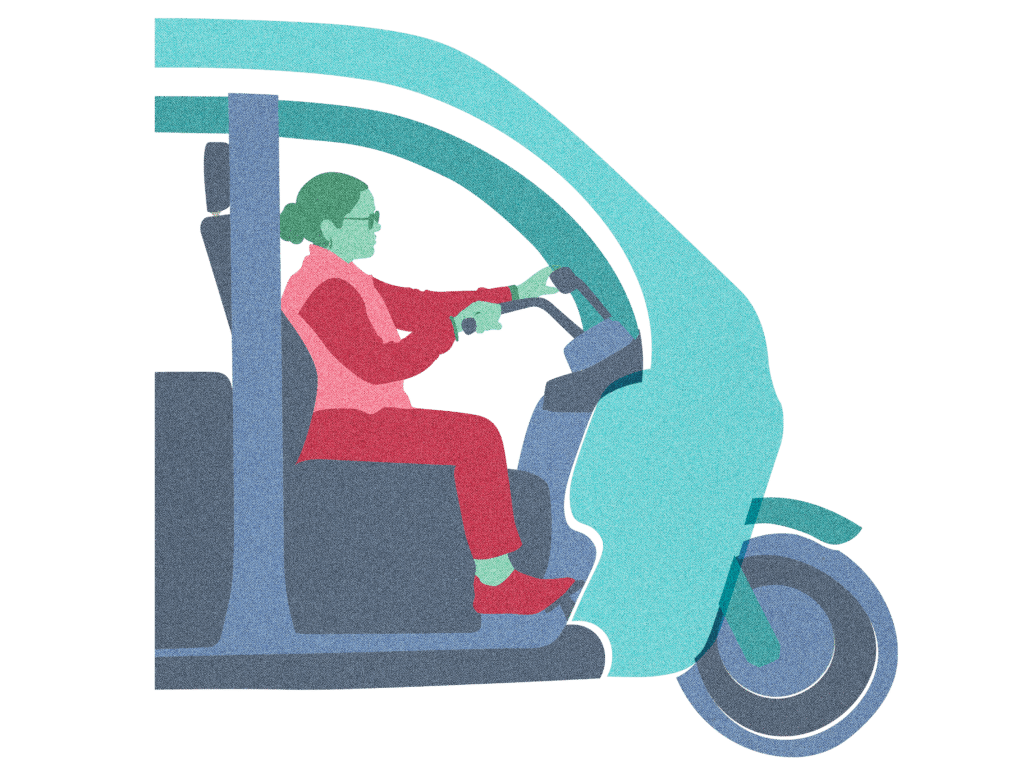Enhancing livelihoods for women using Productive Energy Use appliances
Gender gaps
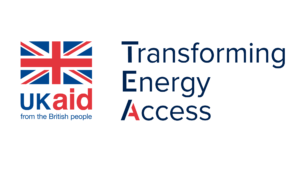
A new report from CrossBoundary Advisory and Odyssey, funded by Shell Foundation with UK aid from the UK government, offers a landscape analysis and market sizing report that explores which productive use energy (PUE) appliances represent the highest potential to improve livelihoods. The report also looks at how results-based financing (RBF) allows for the alignment of gender outcome targets with priorities of impact-driven stakeholders and offers a means of tracking investments and progress.
PUE is especially relevant to women as their economic development has lagged behind that of men in sub-Saharan Africa, where there is a gender pay gap of 30%. Gender gaps are exacerbated when looking at rural women. Based on the UN’s Millenium Development Goals, rural women suffer disproportionately from poverty. They also face higher levels of discrimination, violence and insecurity when compared to rural men or urban men and women.
Transformational impact on gender outcomes
The report looked at several PUE appliances, including solar water pumps, cold storage/cold chain tech, agri-processing, clean cookstoves, hair clippers, hand-powered tools and sewing machines, before shortlisting four which have the biggest impact potential for women.
All four of the selected appliances have a transformational impact on gender outcomes, albeit in different ways: Clean cooking and solar water pumps have the largest impact on time savings for women; access to/ownership of cold storage, and agri-processing for micro-entrepreneurship have a large impact on a woman’s income. Solar water pumps also have a considerable impact on income; however, it is worth noting that female ownership of these appliances is low.
Encouraging access to PUE appliances
The report goes on to look at how RBF programmes need to be designed and piloted to encourage scaled access to these PUE appliances:
- Effective RBF programmes require context-specific interventions tailored to specific target markets and countries;
- RBF objectives should be clear, simple, and focus on addressing a specific barrier;
- RBF indicators must be measurable, cost-effective, and driven by outcomes as opposed to outputs;
- Balancing the needs of investors and RBF beneficiaries: Consider a milestone/upfront payment structure or gradient level of incentives across different beneficiary groups (mature vs less mature);
- Technology can be a solution to address key RBF challenges in monitoring and verification. However, cost-benefit analysis should be considered for each pilot vs scale up phases.
Working at the nexus of energy access and gender
RBFs focused on gender outcomes can be catalytic tools to unlock capital for the improvement of livelihoods of women through PUE. There is a clear interest in the nexus of energy access and gender: the energy access investors engaged in the development of the report see immense value in having a gender focus, given the disproportionate benefit energy access can have on women.
However, it was also noted that in these nascent days of gender lens investing, investors are unclear on how to integrate a gender lens in a meaningful way. Outcome-focused RBFs can be an important tool for gender impact for capital providers looking to integrate gender into energy access investments.





